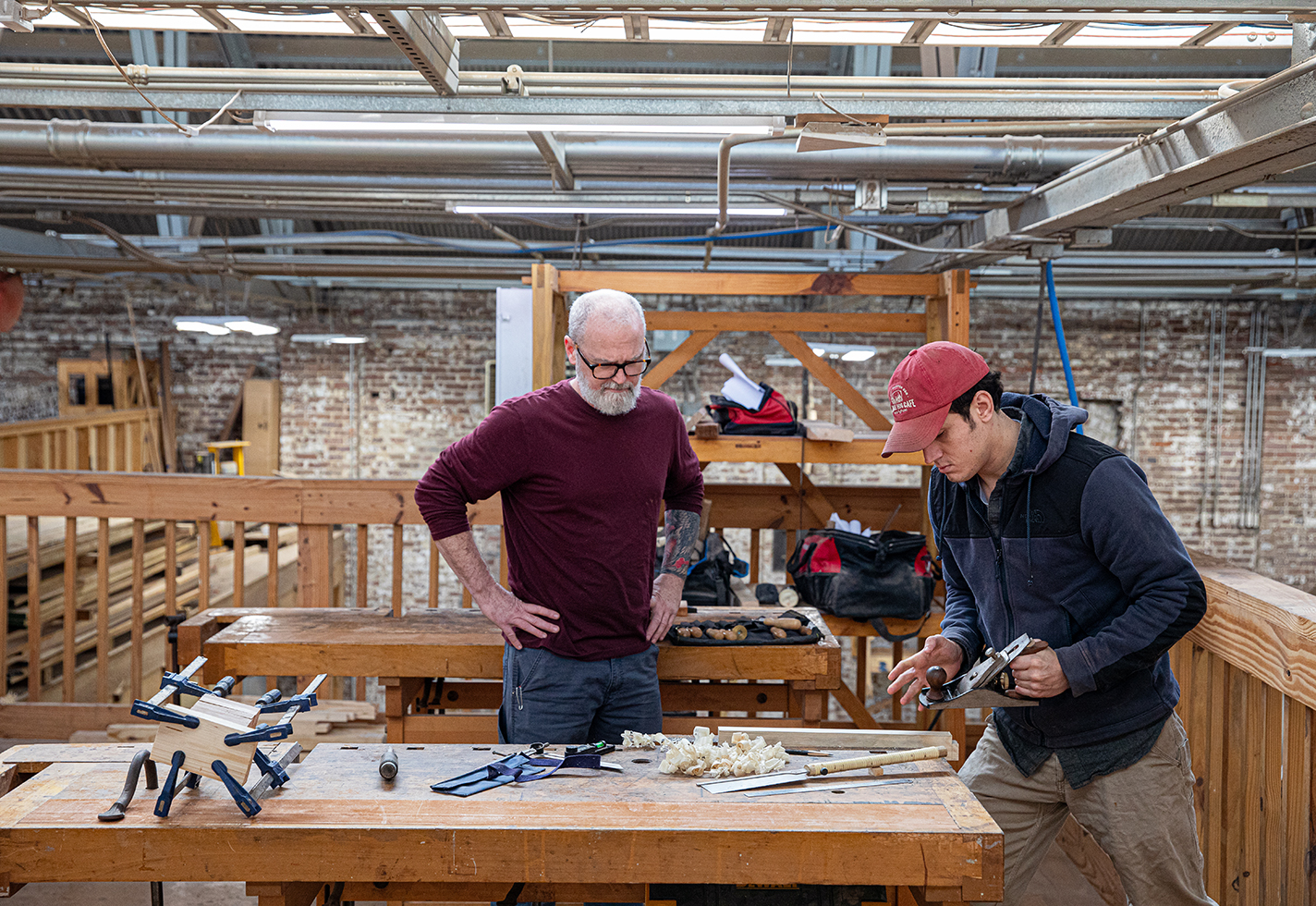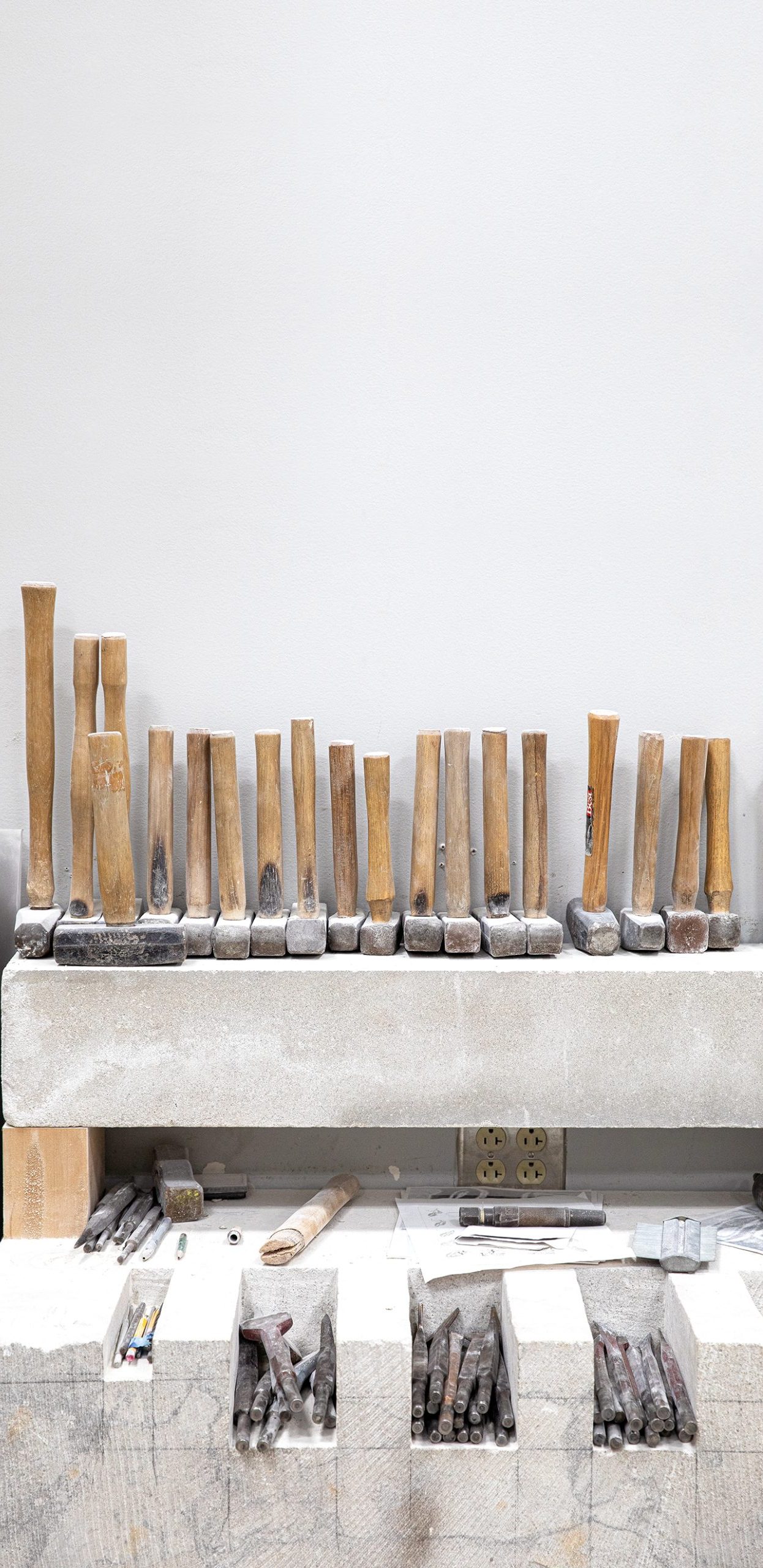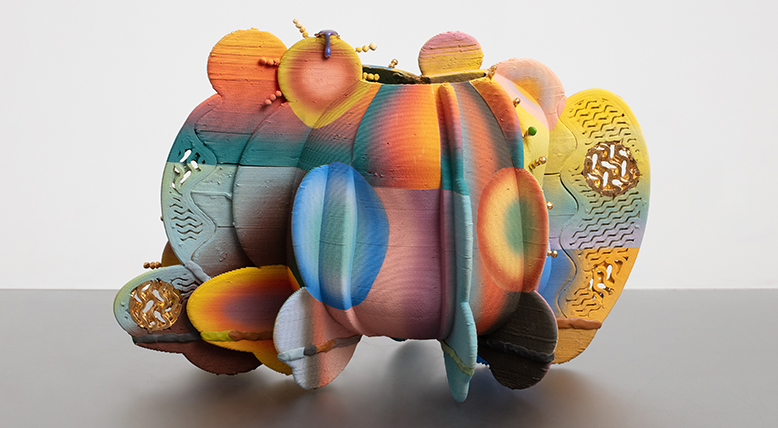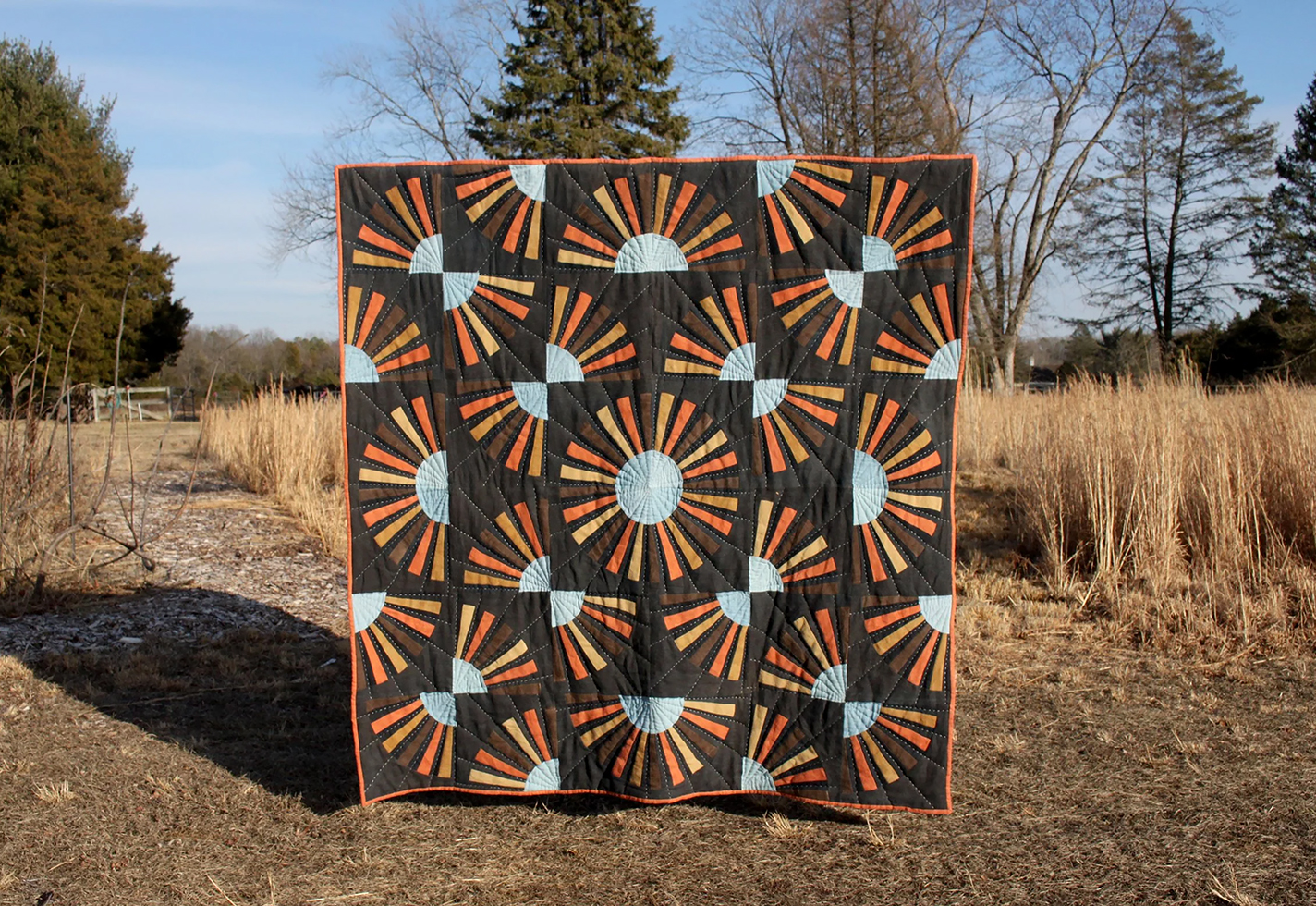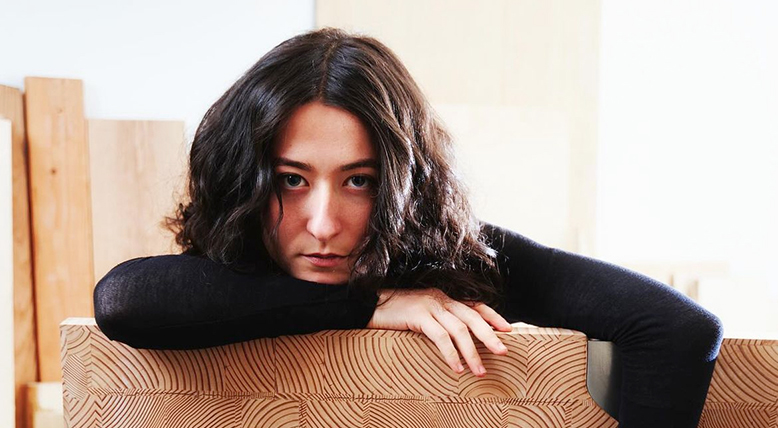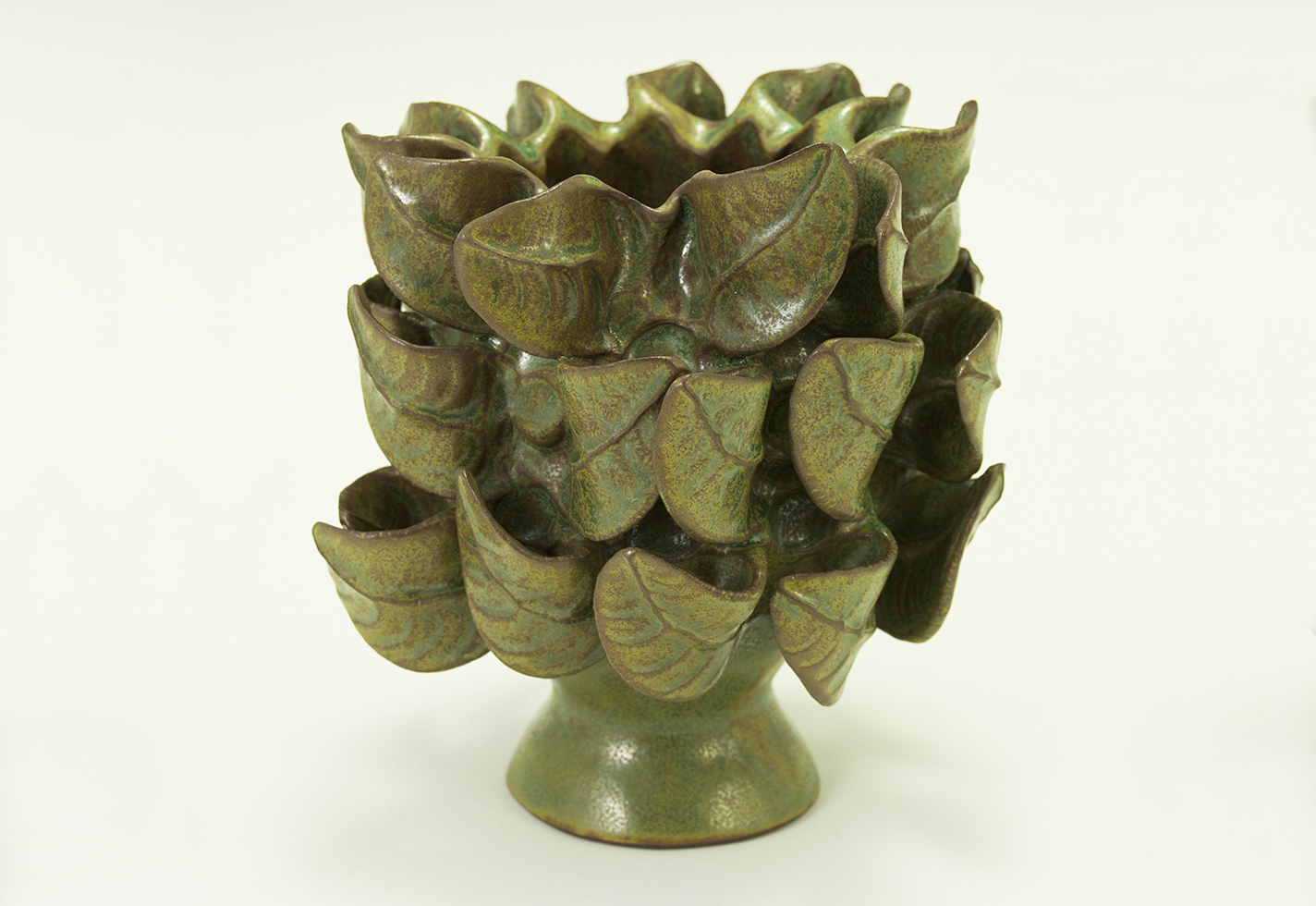One morning last summer, Joseph Kincannon, a professor at the American College of the Building Arts in Charleston, South Carolina, stopped amid his classroom rounds to marvel at the noise. Roughly a dozen students were hunched over shoebox-sized blocks of Alabama limestone, transforming the pieces into ornamental rosettes destined for use in a nearby architectural project. The rhythms—hammering, tapping, and clanging—were like a long-forgotten symphony, the sounds of a nearly lost art.
“No two carvings look exactly alike,” Kincannon tells his students. He encourages them to put a bit of creativity—but not too much—into their rosette designs. “The lion heads on an old building might look exactly the same, but each of them will be slightly different,” he notes. “Each takes on the characteristics of its carver.”
Similarly, the graduates of the American College of the Building Arts earn a certificate as valuable as any other college diploma—but their education is distinctly different. The ACBA is the only accredited institution in the US to offer a four-year degree that integrates a liberal arts education and building-trades training. Students take courses in such core curriculum subjects as math, science, literature, and foreign languages, as well as electives in traditional building arts, including blacksmithing, masonry, woodworking, and plastering.
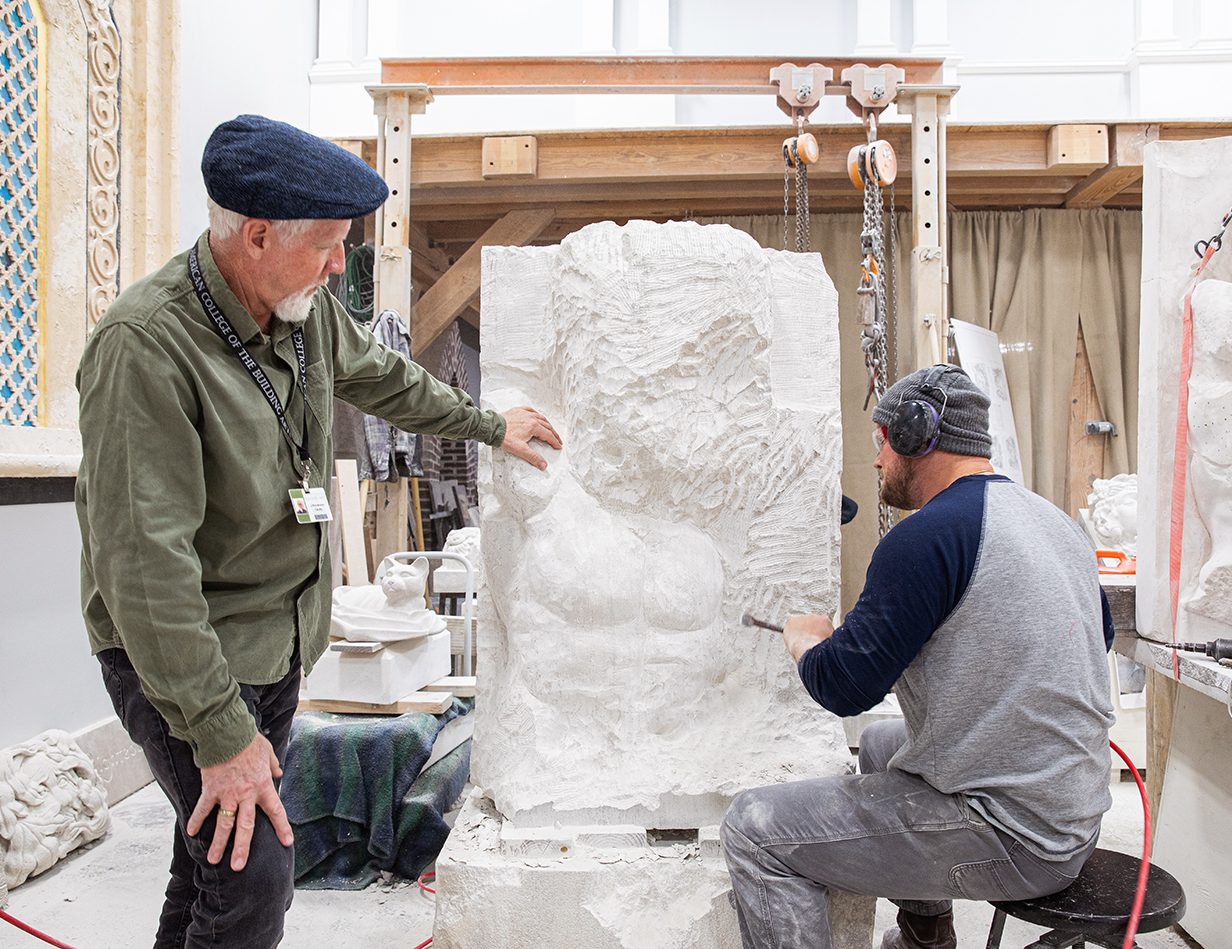
Joseph Kincannon, chair of stone carving at American College of the Building Arts, tutors student Noah Pasquinelli.
